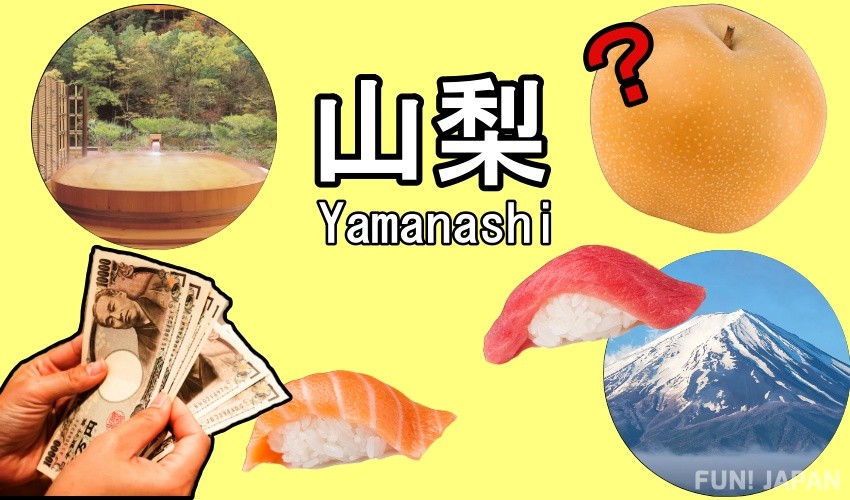
Japan consists of 47 prefectures. The characteristics of each prefecture, such as the cityscape and gourmet food, vary greatly. Also, as the Japanese word "県民性" (Kenminsei, literally "the characteristics of prefectural citizens") exists, the characters of the residents differ depending on the prefecture.
Knowing the characteristics of each prefecture may be useful in deciding where to go for your next trip to Japan. Here in FUN! JAPAN, we will tell you the "unknown side" of each of the 47 prefectures in the series.
Introducing this time is... Yamanashi Prefecture!
Although it sits next to Tokyo where you can meet the abundant nature that cannot be found in the city, but what are the unknown characteristics of Yamanashi Prefecture? Shimizu, a staff member of FUN! JAPAN who was born and raised in Yamanashi prefecture, will explain in great details for you.
A prefecture without any sea... but their love for sushi is No.1 in Japan?

Japan is an island country surrounded by the sea, but there are only eight prefectures that do not have any sea or coastline, and Yamanashi Prefecture is one of them. (The other 7 prefectures are Tochigi, Gunma, Saitama, Nagano, Gifu, Shiga, and Nara)
I'm from Yamanashi Prefecture, but I was born and raised in a place surrounded by mountains on all sides, and I had never seen the sea until I became a junior high school student.
But just because Yamanashi doesn't have the sea doesn't mean its citizens don't have the opportunity to eat delicious seafood. Rather, it can be said that Yamanashi citizens "love seafood the most in Japan."
And that is because Yamanashi Prefecture has the largest number of sushi restaurants per 100,000 population among the 47 prefectures.
According to the report of "Economic Census Survey" released by the Ministry of Internal Affairs and Communications in 2015, there are 255 sushi restaurants in Yamanashi prefecture (as of 2014), and the population of Yamanashi prefecture is about 840,000 (as of 2014). In other words, the number of sushi restaurants per 100,000 population is calculated to be 30 restaurants. This is the highest number among the 47 prefectures. (2nd place is Ishikawa Prefecture, 3rd place is Tokyo Metropolis)
Although Yamanashi Prefecture does not have any sea, it is adjacent to Shizuoka Prefecture, where Suruga Bay is located. Therefore, it has been possible to transport fish caught in Suruga Bay to Yamanashi Prefecture without spoiling since ancient times when transportation means such as trucks were not developed yet. Even without the sea, we have always been able to eat seafood on a daily basis.
Believing that Mt. Fuji seen from the Yamanashi side is more beautiful
The most famous thing in Yamanashi Prefecture is Mt. Fuji. I have been spending time watching Mt. Fuji every day since I was born. (As it was natural to see Mt. Fuji, it is not a special existence for me.)
By the way, Mt. Fuji spans across Yamanashi and Shizuoka, but many Yamanashi residents believe that "Mt. Fuji seen from the Yamanashi side is more beautiful than Mt. Fuji seen from the Shizuoka side".
The reason is ... in the photo below.
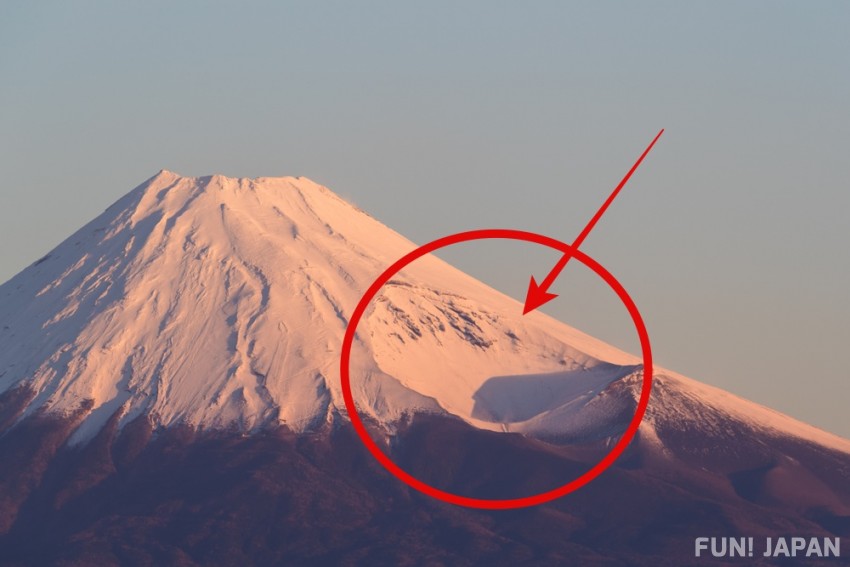
This photo of Mt. Fuji is taken from the Shizuoka side. Can you see that there is a big dent in the circled part? This is a crater created by past eruptions. Since Mt. Fuji seen from the Yamanashi side does not have such a large dent, Yamanashi citizens insist that "Mt. Fuji seen from the Yamanashi side is more beautiful."
"Nashi" (pear) is in the prefecture name, but...
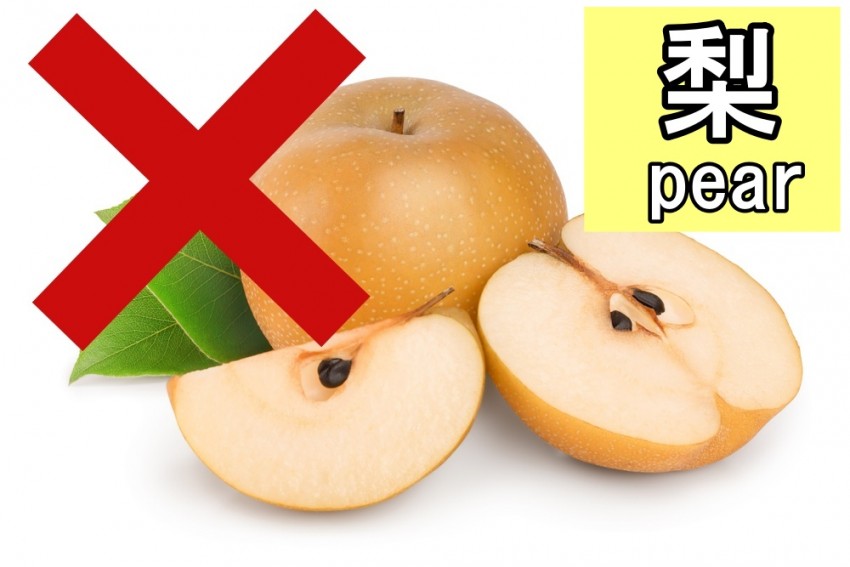
Since the prefecture name "Yamanashi" contains the word "Nashi" (梨 pears), some people mistakenly think that Yamanashi prefecture is the production center of pears.
When I say "I'm from Yamanashi prefecture" to people from other prefectures, sometimes I am told that "Pears are famous over there right?". However, according to data from the Ministry of Agriculture, Forestry and Fisheries, the prefecture with the highest pear production is Chiba Prefecture, and Yamanashi Prefecture is not even in the top five. In other words, Yamanashi Prefecture is not a pear producing area.
There are various theories about the origin of the prefecture name "Yamanashi", but one of them is that there were many fruit trees called "Yamanashi" (ヤマナシ literally 'wild pear'). "Yamanashi" is a member of the pear family, but its fruit is sour, so it is not suitable for consumption.
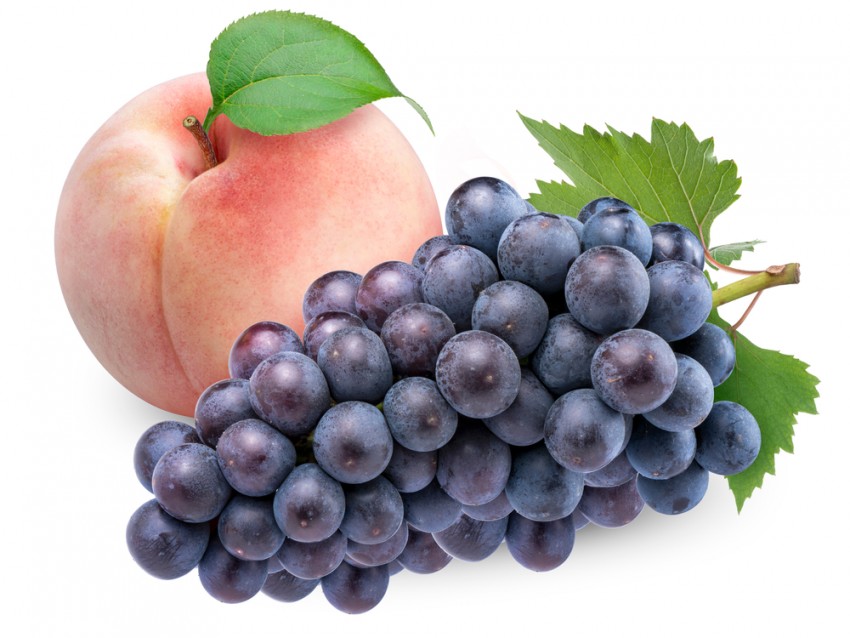
As many of you may know, grapes are the most commonly produced fruit in Yamanashi prefecture.
Many of my acquaintances are peach farmers and grape farmers, and in the season, I often get grapes and peaches for free from them. I didn't have to spend money to buy grapes, so when I became an adult and lived in Tokyo and saw grapes sold at supermarkets, I was surprised at such a high price.
The love for family is No. 1 in Japan?

A survey of 47 prefectures conducted by Sony Life in 2021 revealed that Yamanashi citizens value their families more than people in other prefectures.
According to the survey report, when asked "Do you want to spend time and money with your family?", 37% of Yamanashi citizens answered "yes". This is the highest ratio among the 47 prefectures.
By the way, the lowest rank is Osaka citizens, with only 18% answered "yes". It is a result that you can see that the people of Yamanashi feel great value in the time they spend with their families.
The oldest inn in the world was in Yamanashi Prefecture!
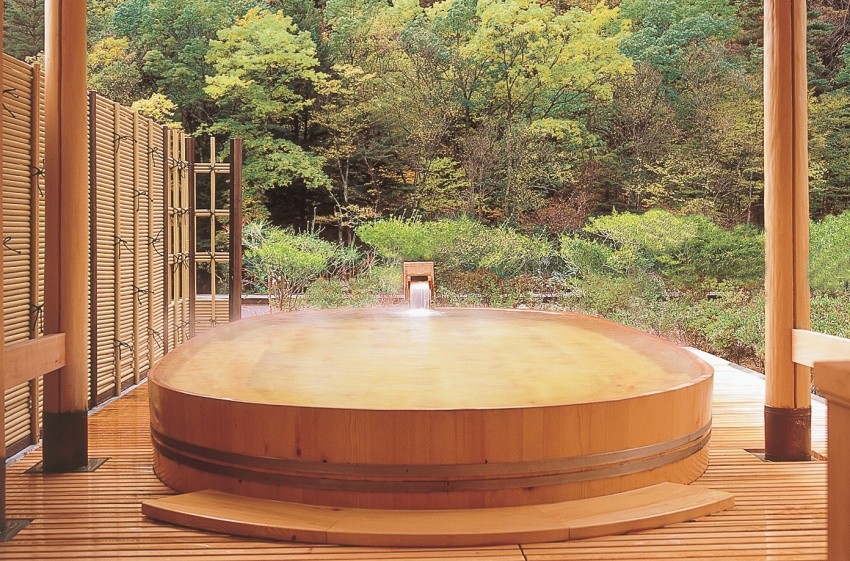
"Nishiyama Onsen Keiunkan", located in Hayakawa Town, Yamanashi Prefecture, is known as the longest-running inn in the world.
The history of Keiunkan began more than 1,300 years ago. In 705 AD (Keiun 2nd year), while Fujiwara no Mahito, the eldest son of politician Fujiwara no Kamatari, visited Hayakawa Town, he found a hot spring gushing up. This is said to be the beginning of Nishiyama Onsen Keiunkan.
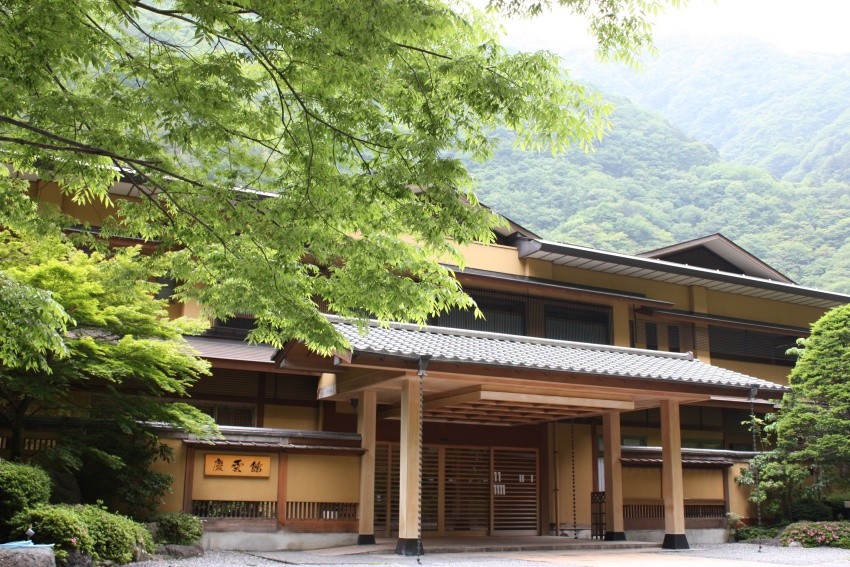
Keiunkan is located in a place that takes more than 2 hours by train and bus from Kofu Station, one terminal station in Yamanashi Prefecture. As a hot spring inn where you can spend a quiet time in a quiet place surrounded by mountains, it has been loved by many writers and celebrities from the past to the present, and in 2011 it was certified as the "oldest inn in the world" by the Guinness World Records.
At Keiunkan, you can also enjoy the gourmet foods that Yamanashi is proud of, such as the Wagyu beef brand "Koshu beef" raised in Yamanashi Prefecture, and Yamanashi's specialty "Nigai" (煮貝 literally 'boiled clam'), which is made by boiling abalone in soy sauce.
Spot Information
- Spot name: Nishiyama Onsen Keiunkan (西山温泉 慶雲館)
- Address: 83 Yujima Shirasawa, Hayakawa-cho, Minamikoma-gun, Yamanashi Prefecture
- Access:
- From Kofu Station: Take the JR Minobu Line "Limited Express Fujikawa" to Minobu Station. From Minobu Station, take a public bus and get off at Nishiyama Onsen.
* There is also a shuttle bus from Minobu Station to Keiunkan (reservation required). - From Shinjuku: From Shinjuku Expressway Bus Terminal, take a high-speed bus to Minobu Station. Take a public bus or Keiunkan shuttle bus from Minobu Station
- Room rate: Please check the official website as it varies depending on the plan. (English and Chinese versions of website available)
Related Articles:
- 【47 Prefecture's of Japan】Amazing & Unique Hokkaido!
- 【47 Prefecture's of Japan】The Slow-Paced & Characteristic Okinawa!
- 【47 Prefecture's of Japan】Extremely Cold & Hot in Kyoto?!
- 【47 Prefecture's of Japan】The Onomatopoeia-Loving & Takoyaki Eating Osaka!
- 【47 Prefecture's of Japan】The Deer-Filled Nara!
- 【47 Prefecture's of Japan】The Prefecture that Births Celebs, Fukuoka!
- 【47 Prefecture's of Japan】Saga is Simple, Honest and Methodical!
- 【47 Prefecture's of Japan】Kagoshima
- 【47 Prefecture's of Japan】Tokyo Disney Resort® and Narita Airport in Chiba!
- 【47 Prefecture's of Japan】The Stingy and Ostentatious Aichi Prefecture!
- 【47 Prefecture's of Japan】Tochigi Prefecture Eats Shark Dishes During New Year!
- 【47 Prefecture's of Japan】Hyogo Prefecture's Citizens give Kobe City an Envious Gaze
- 【47 Prefecture's of Japan】The Amazing Kumamoto!
- 【47 Prefecture's of Japan】The Amazing Nagasaki!
- 【47 Prefecture's of Japan】The Surprising Traits of People from Gunma Prefecture
- 【47 Prefecture's of Japan】Not "Dasaitama" but "Saitama"?!
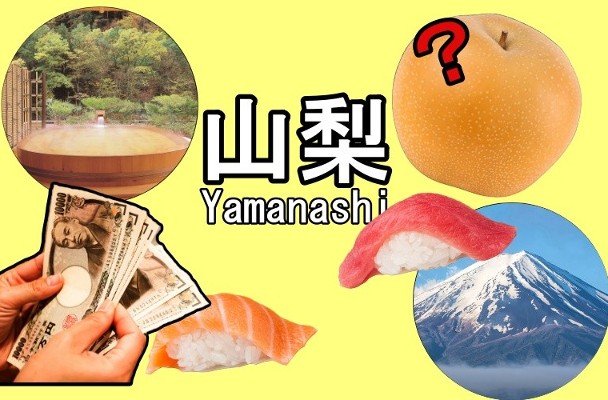
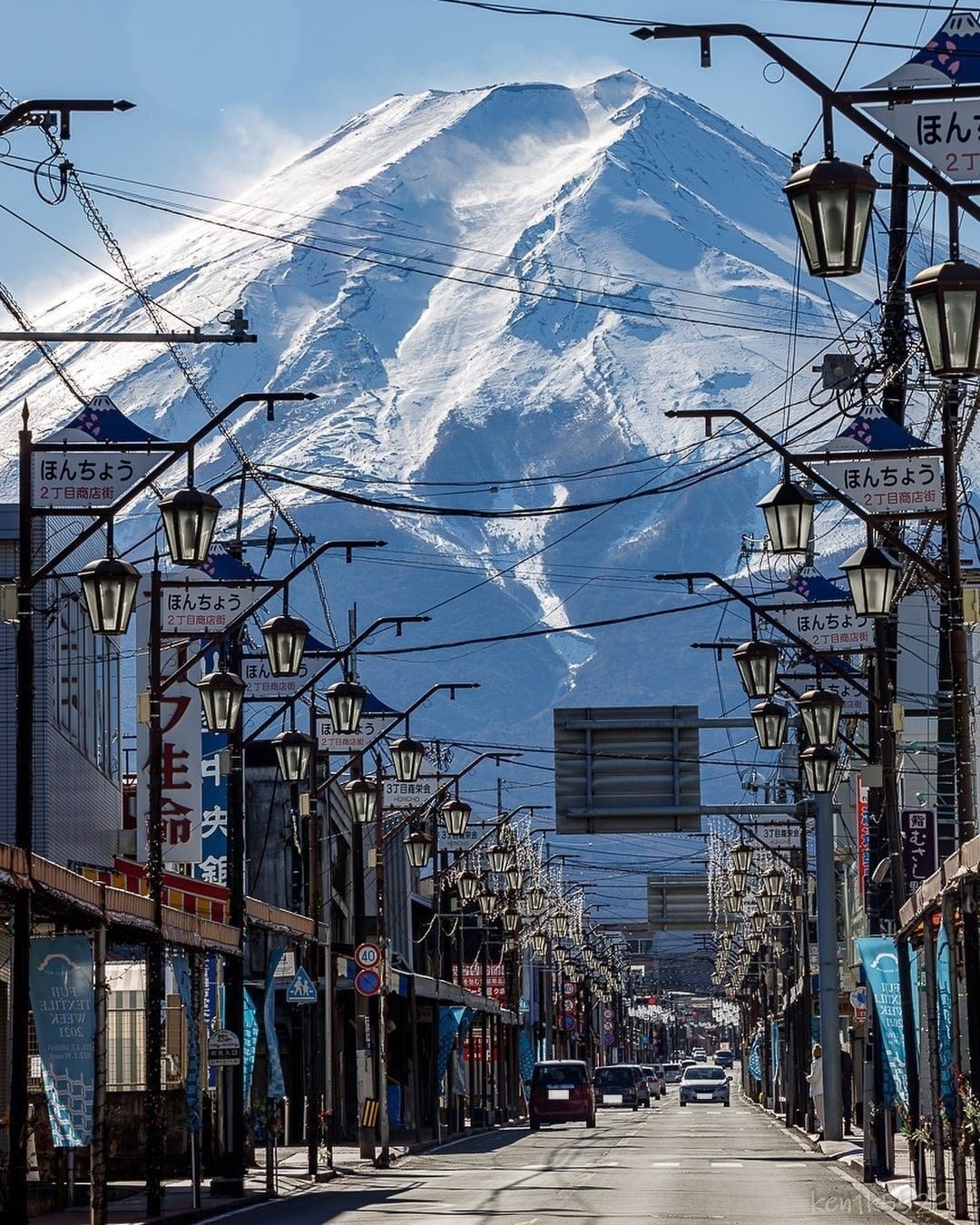

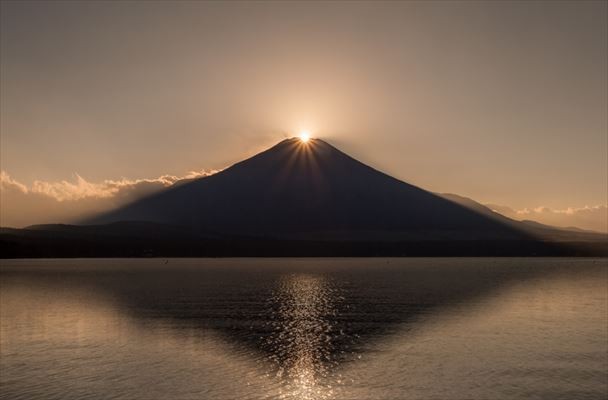
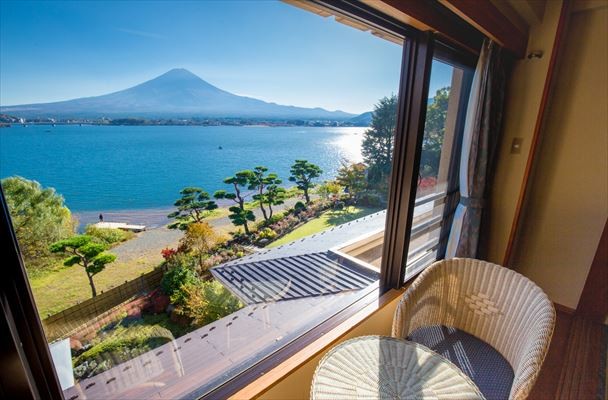
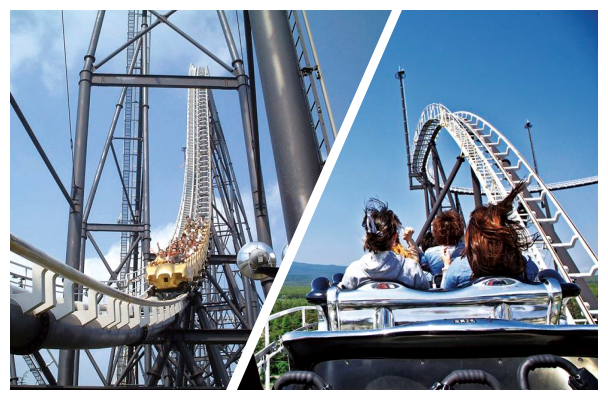
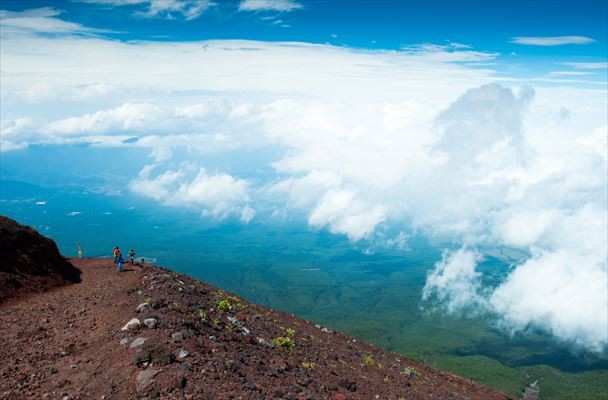
Comments